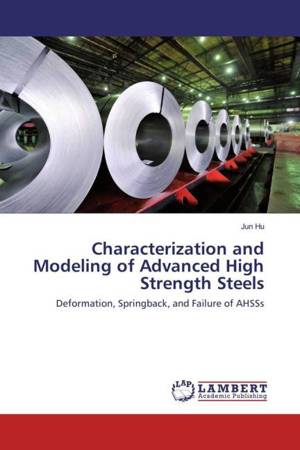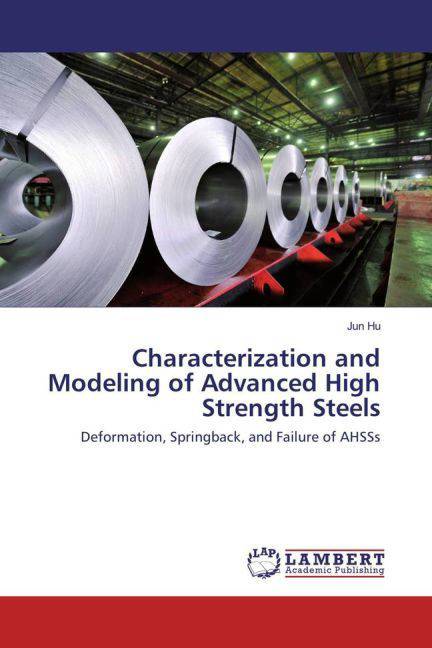
- Afhalen na 1 uur in een winkel met voorraad
- Gratis thuislevering in België vanaf € 30
- Ruim aanbod met 7 miljoen producten
- Afhalen na 1 uur in een winkel met voorraad
- Gratis thuislevering in België vanaf € 30
- Ruim aanbod met 7 miljoen producten
Zoeken
Characterization and Modeling of Advanced High Strength Steels
Deformation, Springback, and Failure of AHSSs
Jun Hu
Paperback | Engels
€ 63,95
+ 127 punten
Omschrijving
New generations of advanced high strength steels, expected with tension strength exceeding 1 GPa, sufficient cold-stamping ductility, and low-alloyed microstructure, are being highly sought for automotive lightweighting applications without compromising on neither performance nor cost standards. Nevertheless, the preliminary-developed new AHSSs exhibit unique and complex deformation, failure, and springback characteristics compared with the conventional steel grades, which thereby bring significant challenges to the current manufacturing infrastructure in automotive sector. This research work started from a full set of mechanical experimentation on some selected AHSSs to comprehensively understand their deformation, springback, and failure. Furthermore, based on the experimental results, a new phenomenological model was proposed to properly characterize not only anisotropy, complex hardening induced by the Bauschinger effect, but also tension-compression asymmetry and the TRIP effect. This work eventually wrapped up with a case study of component-level finite element forming and springback predictions compared with the corresponding actual panels as verification.
Specificaties
Betrokkenen
- Auteur(s):
- Uitgeverij:
Inhoud
- Aantal bladzijden:
- 204
- Taal:
- Engels
Eigenschappen
- Productcode (EAN):
- 9783330316270
- Uitvoering:
- Paperback
- Afmetingen:
- 149 mm x 219 mm
- Gewicht:
- 316 g

Alleen bij Standaard Boekhandel
+ 127 punten op je klantenkaart van Standaard Boekhandel
Beoordelingen
We publiceren alleen reviews die voldoen aan de voorwaarden voor reviews. Bekijk onze voorwaarden voor reviews.











